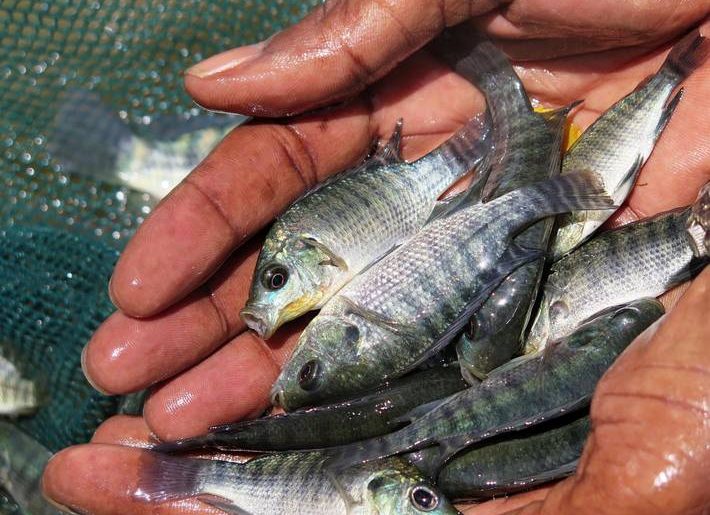Global fisheries and aquaculture production have been seriously disrupted by the Covid-19 pandemic and could face further difficulties in 2021 as lockdowns affect supply and demand across the sector, according to a new report issued by the Food and Agriculture Organization of the United Nations (FAO).
The document, entitled The impact of COVID-19 on fisheries and aquaculture food systems, was featured during the 34th session of the Committee on Fisheries (COFI) hosted by the Rome, Italy-headquartered FAO.
Fish supply, consumption and trade revenues for 2020 are all expected to have declined due to containment restrictions, the report noted, while global aquaculture production is expected to fall by some 1.3 per cent, the first fall recorded by the sector in several years.
“The pandemic has caused widespread upheaval in fisheries and aquaculture as production has been disrupted, supply chains have been interrupted and consumer spending restricted by various lockdowns,” said FAO Deputy Director-General, Maria Helena Semedo. ”Containment measures have provoked far-reaching changes, many of which are likely to persist in the long term.”
While food itself is not responsible for the transmission of Covid-19 to people, the report stressed every stage of the fisheries and aquaculture supply chain is susceptible to being disrupted or stopped by containment restrictions.
Aggregate prices for 2020, as measured by the Fish Price Index, are down year-on-year for most traded species. Restaurant and hotel closures in many countries have also led to a fall in demand for fresh fish products.
“The impact has been significant in developing countries, especially those with large informal sectors, where small-scale and artisanal workers and communities depend on fisheries for their food security, livelihoods. They have borne the brunt of restrictions,” said Semedo.
The FAO report indicated that in aquaculture there is growing evidence that unsold production will result in increasing levels of live fish stocks, creating higher costs for feeding as well as greater number of fish mortalities. Sectors with longer production cycles, such as salmon, cannot adjust rapidly to the demand shifts.
Global catches from wild fisheries are also expected to have declined slightly in 2020, as, overall, there has been a reduced fishing effort due to restrictions related to the coronavirus (SARS-CoV-2) outbreak on fishing vessel crews and poor market conditions.
Increase in Demand for Frozen Fish
As a result of the Covid-19 health crisis, consumer preferences have shifted. While demand for fresh fish has waned, consumer demand for packaged and frozen products has grown as households look to stock up on non-perishable food.
Before the pandemic, the sector was on a general upwards trend. In 2018, global fisheries and aquaculture production (excluding aquatic plants) reached an all‑time record of nearly 179 million tons. Overall capture fisheries, with 96.4 million tonnes represented 54 percent of the total, while aquaculture, with 82.1 million tons, accounted for 46 percent. And over the last decades, fish consumption has grown significantly to an average of over 20 kilos per person.
FAO has called for disruptive border restriction measures on trade in food to be minimized for food security. The report called for sectoral and regional organizations to work together in order to manage fisheries and aquaculture during the pandemic, with measures that support job protection and ensure a fast recovery of the sector without compromising sustainability.





